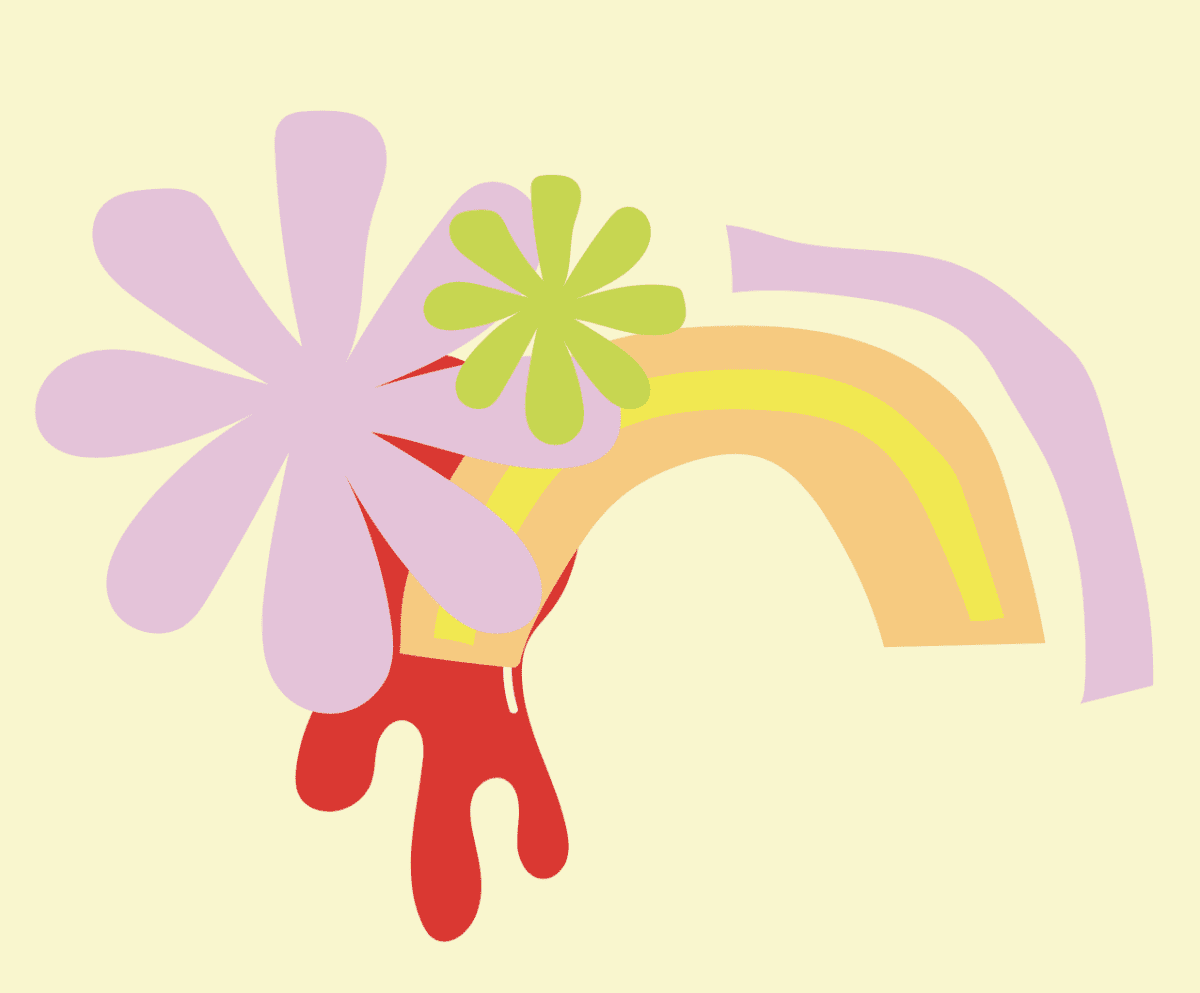Creativity is the diameter of humanity, revealing our lofty potentialities and inky depths. From where, then, does it feed and twist and grow? Live and move and have its being?
To Vladimir Nabokov, author of twisted tale Lolita, artistic creativity is something slithered and slathered with depravity. In Pale Fire, he writes ‘All the seven deadly sins are peccadilloes but without three of them, Pride, Lust, and Sloth, poetry might never have been born.’ In Lolita, the protagonist tries to justify his sexual deviance in a stomach-curdlingly beautiful passage, which concludes by linking perversion with poetry: ‘We are not sex fiends!…We are unhappy, mild, dog-eyed gentlemen…Emphatically, no killers are we. Poets never kill.’ Nabokov’s creative genius seems to spring from the grotesque; it comes from painting disgusting things in a beautiful way, which destabilises the reader’s sense of the aesthetic, suggesting the indiscriminate moral turpitude of humanity.
Similarly, South American novelist Gabriel Garcia Marquez feeds off the melody of the beautiful and the disgusting to create a lot of his artistic effect. In Love in the Time of Cholera, for example, he describes a bubbly, swampy effusion of roses germinating from the bloody juices of dead bodies, and such imaginative juxtapositions seem to come from the dark, perverted parts of Marquez’s brain.
Freud (and others) would call this sublimation – channelling twisted, violent or sexually taboo impulses into creative, productive and more socially acceptable endeavours, where the alternative is repressing them into the erratic subconscious.
In other words, sublimation is a unification of drives. So perhaps writing drunk, or taking psychedelics to create music, is just escapism, uninhibitedness, or thrill-seeking. Or maybe it unlocks and lays bare the depraved, repressed subconscious, to channel it into more holistic, creative pursuits.
But maybe this is looking at it too rigidly. Maybe there aren’t any dark, twisted parts of our brain. Foucault would certainly argue that madness and depravity have been societally constructed; that bodies and minds have been increasingly codified through the rise of moralism and empiricism, with anything out of the ordinary labelled ‘deviant’ as a means of control. It is no wonder that artistic creativity, which necessarily involves unconventional thought, is often linked with debauchery and insanity. Indeed, the stereotypical artist is the wild, impoverished bohemian, or the troubled painter who cuts off his ear, or the mentally ill female poet, like Sylvia Plath, whose ‘self-destructiveness’ and ‘violent, almost demonic spirit’ was the ‘source of living energy, of her imaginative, creative power’. I would argue that there’s a bittersweet courage in this creativity, which dares to be deviant to give us something beautiful; to give us a shattered mirror to hold up to our own minds. As Nabokov put it in his ‘Lectures on Literature’:
‘The meek prophet, the enchanter in his cave, the indignant artist, the nonconforming little schoolboy, all share in the same sacred danger. And this being so, let us bless them, let us bless the freak; for in the natural evolution of things, the ape would perhaps never have become man had not a freak appeared in the family.’
On the other hand, we can think of creativity as something sublime and divine. Creativity was deeply celebrated throughout the Renaissance and Enlightenment periods – human creativity reflected our ability to appreciate nature and claim dominion over it, and our superior faculties for reason.
Modern philosopher Nikolai Berdyaev postulated in Creativity and Redemption that ‘Creativeness is not only the struggle with sin and evil – it wills another world, it continues the work of creativity…man is called to create a new and hitherto unknown world through free and daring creativeness, to continue God’s creation.’ He argues that depravity hinders, rather than galvanises creativity, because it obscures our true creative calling. Indeed, creativity is the shared projection of humanity’s colourful, imaginative and abstract inner world; it entertains, challenges, innovates and connects.
Overall, I think it comes down to whether we believe humanity, in its deep, creativity-sparking recesses, is essentially enlightened or corrupt. Because as Nabokov foregrounds, the creative process is inextricably collaborative:
‘Literature must be taken and broken to bits, pulled apart, squashed — then its lovely reek will be smelt in the hollow of the palm, it will be munched and rolled upon the tongue with relish; then, and only then, its rare flavor will be appreciated at its true worth and the broken and crushed parts will again come together in your mind and disclose the beauty of a unity to which you have contributed something of your own blood.’
In other words, creativity involves a sort of symbiotic sublimation. Works of art only take on their true meanings when cast with the shadows and tones of our own brilliances and depravities; a stroke of genius is only as hellish or heavenly as the gallery before it.
We acknowledge the Ngunnawal and Ngambri people, who are the Traditional Custodians of the land on which Woroni, Woroni Radio and Woroni TV are created, edited, published, printed and distributed. We pay our respects to Elders past and present. We acknowledge that the name Woroni was taken from the Wadi Wadi Nation without permission, and we are striving to do better for future reconciliation.
